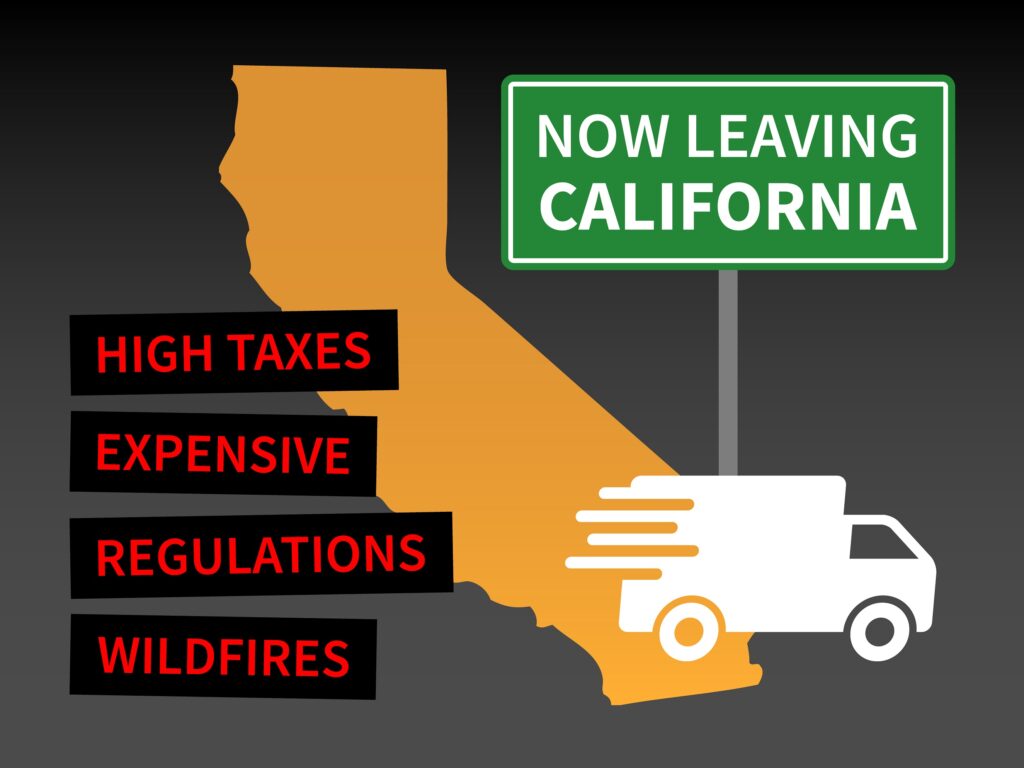Why a border-adjustment tax would be a bad deal for states and localities
State and local governments are no strangers to dealing with the unintended side effects of federal policies. This year’s congressional tax-reform efforts could leave them scrambling again.
That’s because a central part of the House Republicans’ expected proposal, a “border-adjustment tax” (BAT), would deal a heavy financial blow to states’ and localities’ single largest source of municipal bond and other long-term debt funding as well as to one of their most substantial sources of tax revenue: the insurance industry.
It isn’t that a BAT would directly force financial hardship on state and local governments. Rather, it would raise the cost and constrict the supply of insurance products in ways that would be expected to lead to downturns in the muni bond market, real-estate investments and tax revenue while adding to pressure for increased spending on social services.
According to a recent study by the R Street Institute, the costs of typical life insurance and annuity policies would rise by $59 billion, which would lead to a $24.6 billion drop in sales of these products over the next two decades. Separate research by the Brattle Group finds similarly large effects for the property and casualty insurance industry, with a $5 billion increase in the cost of insurance and an annual reduction in sales of $9.3 billion.
The trouble with the BAT comes from the way in which it is likely to be structured. It’s a system that taxes imports but not exports, in a fashion designed to favor domestic production and supply. Yet when it comes to risk, international diversification is a vital tool to keep insurance prices down and policy coverage broad.
If financial services like insurance were subject to a BAT, the supply of international capital available to U.S. insurers in the form of reinsurance — essentially insurance for insurance companies — would become more limited and therefore more expensive. The immediate effects would be higher premiums for the 60 percent of Americans who hold life insurance policies.
But for states and municipalities, even more significant effects would follow. U.S. life insurers invest about 75 percent of every new premium dollar in fixed-income debt markets, and often are the only buyers for some kinds of bonds, particularly long-term debt. In fact, municipal bonds are among insurers’ most significant long-term investments: Property and casualty insurers held $326.8 billion in municipal bonds at the end of 2012, according to the National Association of Insurance Commissioners, while life insurers tripled their muni holdings from $47.1 billion in 2008 to $131.2 billion in 2012.
By driving down insurers’ bond investments, a BAT would harm the ability of state and municipal governments to borrow long-term. Other budget problems could stem from how reliant states are on the gross premium taxes paid by insurers, which totaled $19.2 billion in 2016. These taxes are among some states’ top five sources of revenue and are often levied as an alternative to income taxes.
Finally, a BAT would further stretch limited state and local resources because it would push financial-planning products such as insurance beyond the reach of many of those teetering on the brink of public assistance. While the federal government might be called upon to support some of those needs, most of that extra load would need to be carried by state and local authorities.
While the political destiny of tax reform in Congress is uncertain, the policy effects of a BAT are already known. State and local governments have a stake in this debate because they have lots to lose.
Image by chrisdorney







